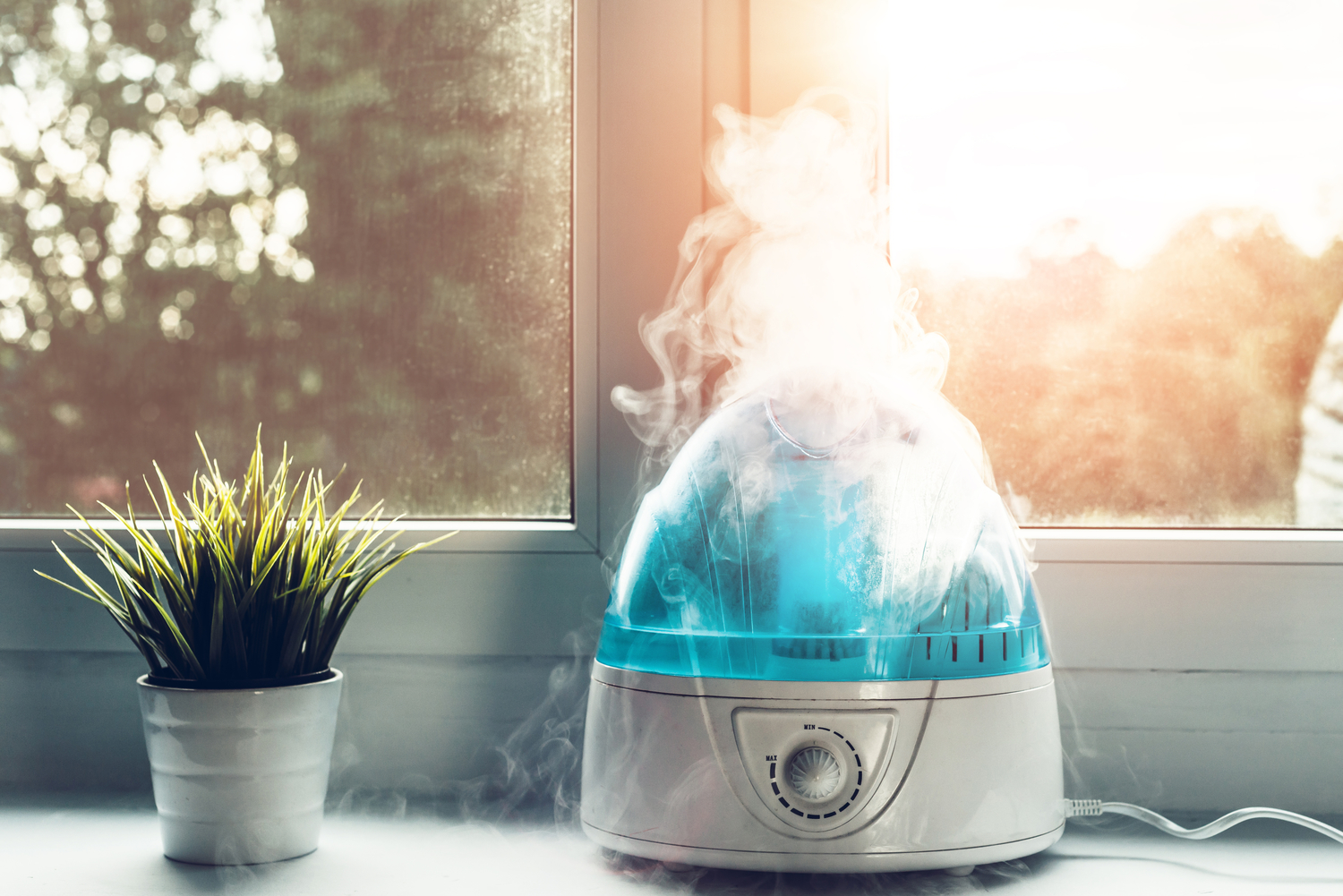
Asthma, a condition where the airways in your lungs constrict, is difficult to manage at the best of times. In allergy season, living with asthma becomes a full-blown battle. Asthma symptoms include sneezing, coughing, tightness in the chest, wheezing, and respiratory distress. The intensity of an attack varies according to the person’s history, environment, and triggers. Common asthma triggers include dust, pet dander, smoke, mold spores, or pollen.
While an air purifier is certainly no cure for asthma, a good quality buy may alleviate your symptoms by trapping and eliminating pollutants and particles from the surrounding indoor air. If you’re buying one to combat your asthma symptoms, here are a couple of things you should keep in mind.
First, don’t get confused between a humidifier and an air purifier. The former might help you breathe better but it does nothing about the pollutants in the air that trigger an asthma attack. Ask your doctor if you would benefit from having both in your room.
Make sure you buy a purifier that meets HEPA (High-efficiency particulate air) requirements. This kind of air purifier will be able to filter out microscopic pollutants and irritants from the air you breathe and will yield much better results. Check the quality of the filter, the airflow rate, and filter design. It is best to choose a brand and model that both filters and sanitizes the air.
Check the CADR (Clean air delivery Rate) on the air purifier you are buying. This is an indicator of the size of the air purifier that would be most effective for your room.
A good feature to look out for is the dual filter system which traps gases as well as particles. This covers all your bases if your attacks are brought on by a broad spectrum of unidentified triggers.
Avoid air purifiers that produce ozone. This gas is an irritant and may aggravate your symptoms.
While a good air purifier will take care of trapping pollutants, you shouldn’t stop there. Make sure you use it alongside other measures to help keep your symptoms at bay. Keep your house dust-free, address any underlying mold issues, and try to leave the window closed during allergy season to keep pollen particles out.






